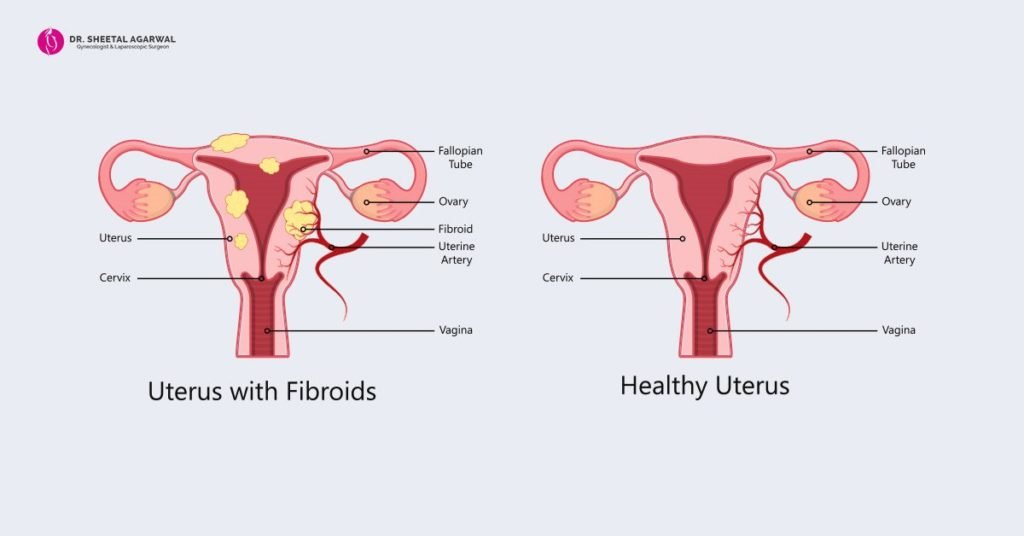Female body is a complicated structure and when it comes to internal organs, it is even more complicated. The examination of a women’s internal pelvic structure can provide important information regarding infertility and common gynaecological disorders. What is the role of laparoscopy surgeons and Hysteroscopy surgeons? Read more and find out.
The female body is designed in a way that there are a number of conditions or disorders which can be diagnosed internally only. Physical examination may not lead to any significant results in such situations. Common situations include pregnancy, infertility, uterine issues, fallopian tube disorders etc. There are special Laparoscopy Surgeon and Hysteroscopy surgeon who make sure that procedures and treatment is done under proper guidance, care and hygiene.
What is Laparoscopy and how it differs from Hysteroscopy?
Laparoscopy is a procedure that allows a laparoscopy surgeon to look inside the pelvis, uterus, fallopian tubes, and ovaries. This procedure helps in diagnosis of a condition. In this procedure, a small device called the catheter is inserted to collect the urine. The abdomen is filled with carbon dioxide with the help of a needle. The purpose of filling carbon dioxide gas in the abdomen is to keep the abdominal walls away from the rest of the organs and avoid any physical exertion on any of the internal organs.
Laparoscopy is carried out under special guidance of laparoscopy surgeon and is done in various conditions including idiopathic pregnancy, unexplained pelvic pain, endometriosis, uterine fibroids, ovarian cysts, ectopic pregnancy, pelvic abscess and reproductive cancers. Laparoscopy is performed on an outpatient basis under general anaesthesia. The incisions made by the surgeons are small usually less than one inch in length.
Laparoscopy and hysteroscopy both are done under the effect of general anaesthesia. The major difference between the laparoscopy and hysteroscopy is that laparoscopy can help physicians to diagnose many gynaecological problems such as uterine fibroids, endometriosis, ovarian cysts, adhesions, scar tissues, ectopic pregnancy and other structural disorders while hysteroscopy is used to look inside the cavity and diagnose related disorders. While laparoscopic surgery is clearly benefitting in different ways for the patient, the procedure is extremely challenging for the laparoscopy surgeon when compared to traditional, open surgery.

Hysteroscopy is the examination of the womb inside of the womb using a telescope under the guidance of Hysteroscopy surgeon. In hysteroscopy, a small telescope is inserted through the vagina and cervix into the cavity of the womb. By making use of the telescope, the images are captured by the camera and the linings of the internal organs are observed by the doctors. Along with the capturing of images of the organs, a sampler is inserted at the end of the procedure to take out samples for biopsy. Obtaining a sample during this procedure is a typical and sensitive task and takes about 10-15 minutes. During the procedure, a cramp like sensation can be felt by the patient that eventually settles with time.
Both, hysteroscopy surgeons and laparoscopy surgeons make use of carbon dioxide to crease space in between the organs to avoid any rugging or damage to the internal organs by rubbing with the walls or the cavity.
Hysteroscopy is a helpful procedure to evaluate women with fertility issues, recurrent miscarriages or abnormal uterine bleeding and the specialised Hysteroscopy surgeons help in the right treatment and evaluation. Polyps are diagnosed during hysteroscopy. Before the procedure, an x-ray of the organ called as hysterosalpingogram is obtained to determine the exact situation of the human body. However the diagnostic accuracy of the hysterosalpingogram is an area of considerable debate. Unlike laparoscopy, skin incisions are not required for hysteroscopy. This is an outpatient procedure and is performed after the female has completed her menstruation cycle. The recovery period for hysteroscopy is generally 24-48 hours since no incision in required. The risks associated with hysteroscopy are minimal due to the non invasive nature of the procedure. There are very low chances of bleeding, infection or uterine perforation. To make sure that everything is taken care of precisely is the job of both laparoscopy surgeons and Hysteroscopy surgeons.
Risks associated with laparoscopy are significant in certain cases. The most common risks include post operative bladder and skin irritation. Adhesions may develop in some cases also. Hematomas (bruises filled with blood) can occur at the site of incision in severe cases. Most complicated risks associated with laparoscopy are damage to the bowels, uterus, blood vessels, ureter. Rarest complications include venous thrombosis and post operative urinary retention.
In both the surgeries, the laparoscopy surgeons and Hysteroscopy surgeons must use their tools to interact with tissue and no direct touch should be made with bare hands. The best way to make sure that the surgeries are done with the most hygiene is to take care of cleanliness, equipments, clothes and tools used for the treatment.


